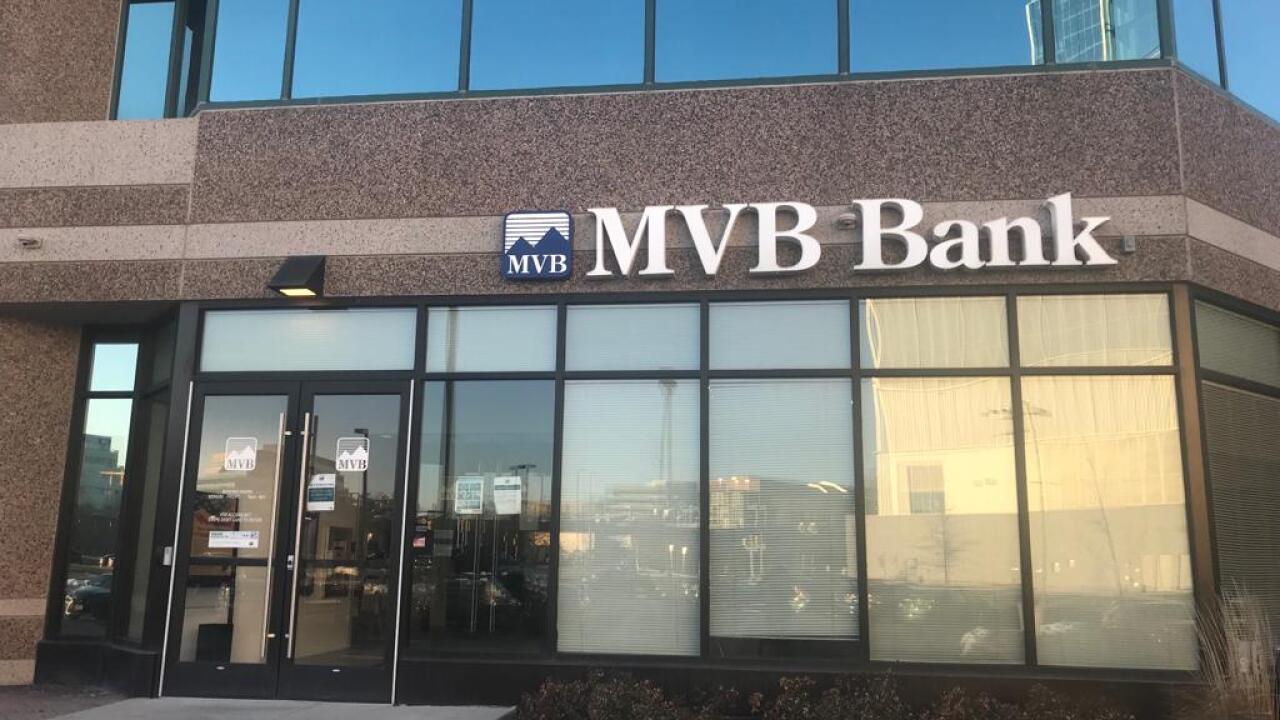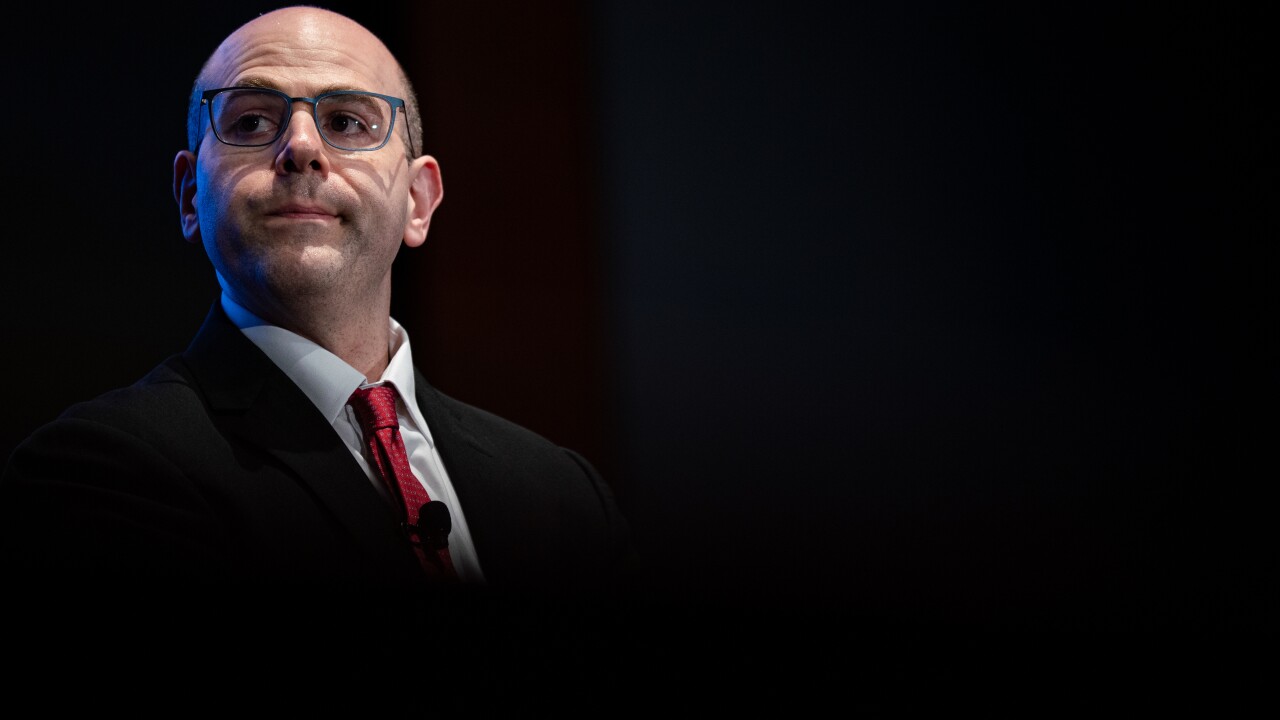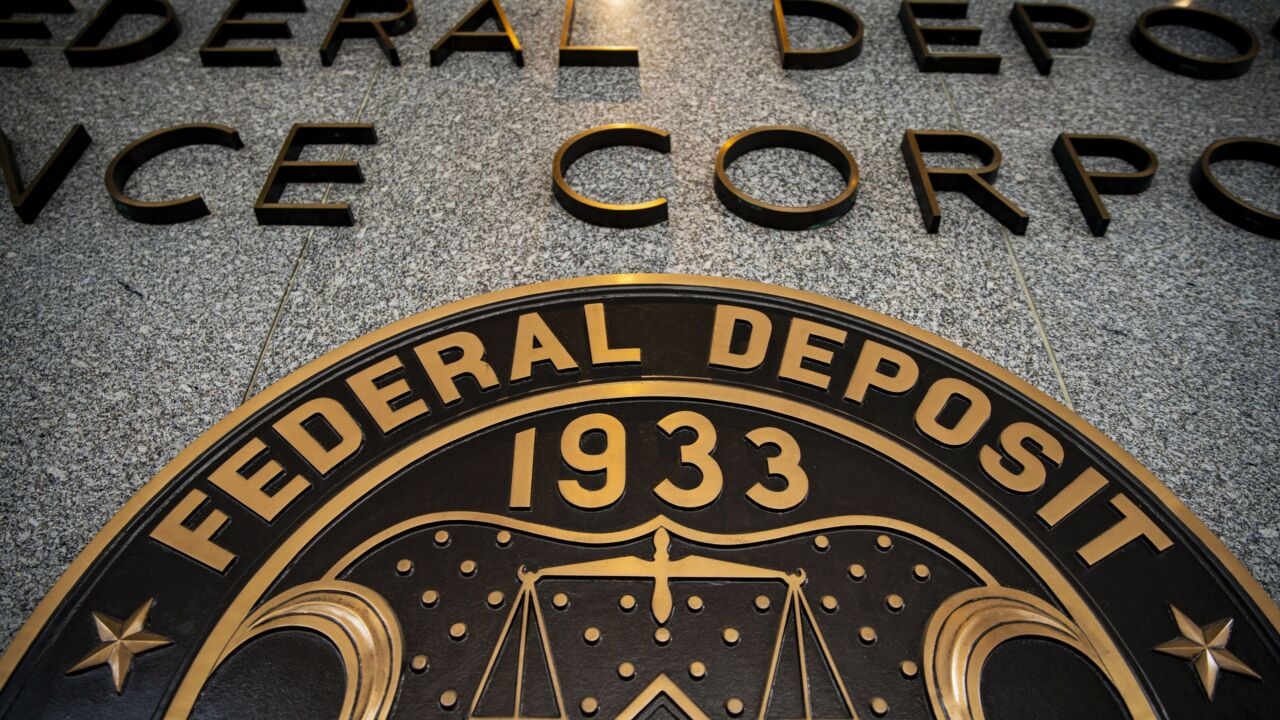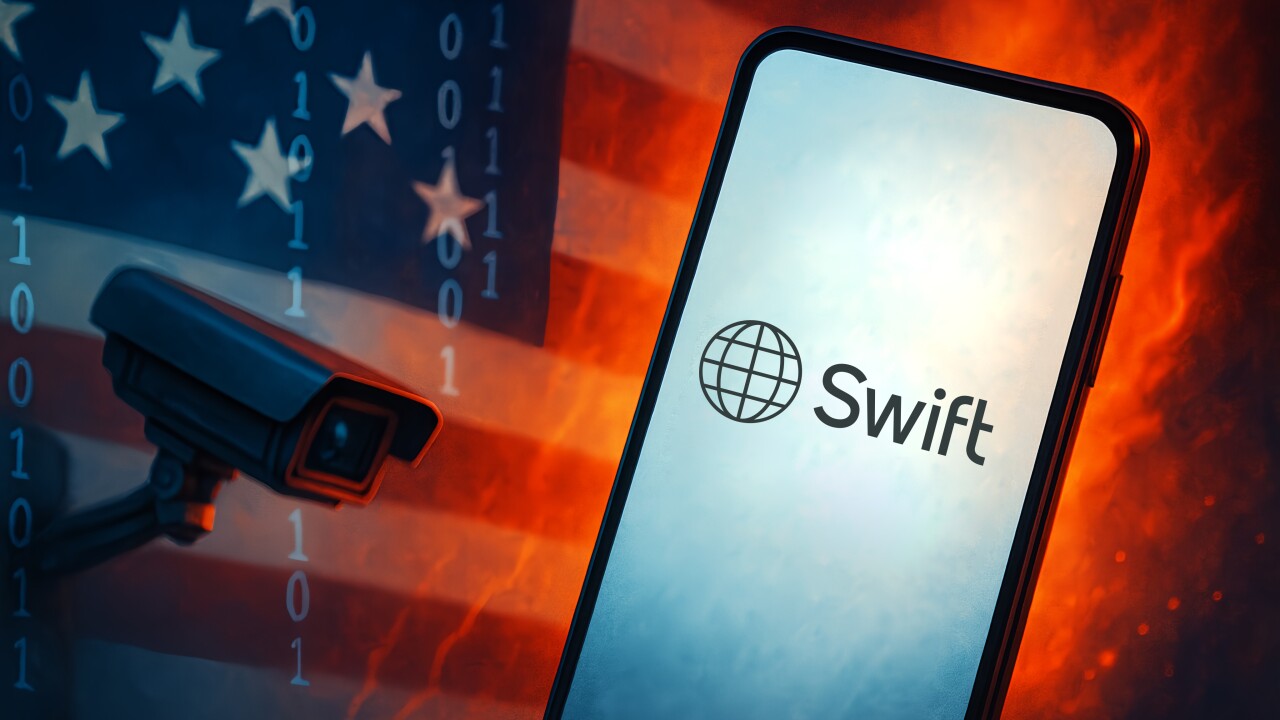
The company's efforts have followed two distinct paths: Technology in the home and technology in the store. In the home, Amazon already had a significant presence; in stores, its meager footprint got a significant boost in the company's landmark acquisition of Whole Foods.
Here is a look at how Amazon has fundamentally transformed itself in the past year — and how it threatens to transform retail payments in the year ahead.
This listicle is compiled from reporting by PaymentsSource staff writers. Click the links in each item to read more.
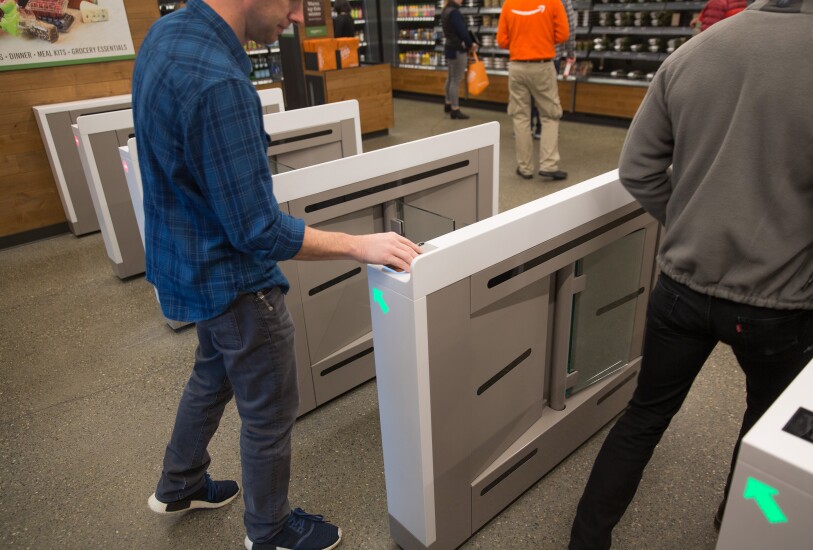
The cashier-less store becomes reality
The store uses an extensive mix of cameras and mobile technology to create an environment where Amazon's software can determine who is in its store, what they bought (or considered buying and put away) and how to automatically collect the correct payment when they leave. Shoppers scan an app as they enter in a process that resembles scanning a fare card at a subway turnstile. After that, almost no human interaction is necessary.
The Amazon Go store has not had an
It may not be a perfect system (early photos of the store's opening show how the line-busting technology simply shifts the line to the entrance of the store, as people wait to get in), but it's a clear demonstration of the power of technology to make payments almost invisible.
And Amazon Go's focus on food and toiletries — rather than books, Echo devices and other electronics — sends a not-so-subtle signal that this technology is being fine-tuned for the company's

Whole Foods gives Amazon ammo in its war on grocers
Grocery shopping was always under the surface of the ill-fated Amazon Fire Phone (which could scan and order products from their bar codes), to Dash Buttons (which focused on kitchen and bathroom products), and more. The most blatant move was the launch of AmazonFresh Pickup, a grocery ordering and delivery service, but even that was limited by its sparse retail presence.
Until June of 2017 — when Amazon announced a
The Whole Foods acquisition, which closed in August, marks a seismic shift in the retail and payments landscape.
That said, Whole Foods is aimed at a demographic that may present an overlapping Venn diagram of current Prime members, but it hardly represents the broader U.S consumer demographic that Amazon is seeking to acquire (it is colloquially known as “Whole Paycheck” for a reason).
Nonetheless, the reality is that grocery chains are handicapped by legacy technology, excess real estate and radically changing consumer attitudes to shopping. Amazon has the advantage of rebuilding retail from scratch, learning from the mistakes of others and scaling organically.

Amazon found a new way to make people pay for card rewards
The reward structure allows Amazon to offer a premium reward card while bundling the premium fee as part of a service that the majority of its customers already purchase. The Amazon-branded Visa card, issued by JPMorgan Chase, has no annual fee but its rewards are less generous for non-Prime subscribers, who get a mere 3% back for money spent on Amazon compared to Prime members' 5% reward.
The strategy is at odds with that of most credit card issuers, which market the perks of using their credit cards and use the lavishness to justify an annual fee. In Amazon's example, the company has sold its customers on paying the fee for a growing range of services including expedited shipping, video streaming and early access to deals; the credit card would just be one more benefit for a cost consumers already pay.
If Amazon can lock in more customers to using its cobranded card, it positions the retailer well for the expansion of its
And from Amazon's perspective, it would be best if

Amazon uses debit rewards to entice stored-value shopping
Exploring the inner workings of Amazon Prime Reload, which debuted in June 2017, provides some revelations on Amazon’s plans for this service.
After enrolling a debit card and bank account (Amazon chooses which to use when processing reloads),
The launch of Amazon Prime Reload will not be welcome news to card networks, issuers and traditional retailers. The banks and card networks fought relentlessly with PayPal over the years against its use of a similar practice of using linked bank accounts to cut its own payment costs. Visa and its peers finally
If Amazon succeeds in convincing shoppers to use their Amazon Balance instead of a payment card, issuer revenues from Amazon will dip dramatically as the retailer shifts more reload volume to ACH.
But the softer implications may be more troubling longer term. Amazon Prime Reload effectively blocks brand recognition for networks and issuers in the Amazon ecosystem to visibility only at the point of reload. It is plausible that Amazon will take this a step further and enable auto reload at a low balance threshold, effectively making the issuer and network entirely invisible.
Card networks and issuers will not only lose revenue and brand recognition, but will also lose transparency on consumer transaction behavior, shifting the balance of power in terms of customer data analytics back to Amazon.

Before WholeFoods, there was AmazonFresh Pickup
It's an extension of AmazonFresh, a grocery delivery service Amazon operated in a few targeted markets, but
AmazonFresh (with or without the Pickup option) was marketed as a luxury. It cost $14.99 per month on top of the $99 annual fee for Prime membership, and in concept it was little different from the online ordering systems in place at many traditional grocery stores.
One interesting detail is how the AmazonFresh Pickup stores operated under the same philosophy as the walk-in Amazon Go store — it uses cameras to identify customers by their license plates, thus speeding the process of delivering orders to their cars.
Even if these projects fizzle, they serve a purpose. Amazon needs to test and iterate in the wild rather than in a sterile environment such as a corporate campus. The e-tailer has the advantage of a blank canvas for designing the grocery store of the future, which may present a significant advantage in improving on the archaic model of pushing a heavily used cart through crowded grocery aisles.

Creepy or cutting edge? Amazon asks to be let into shoppers' homes
The technology is designed to address concerns that packages can go missing after they are delivered. With Amazon Key installed, the courier scans the package's bar code which sends an access request to Amazon's cloud. When Amazon grants permission, the camera set up inside the home starts recording and the door unlocks. The courier can then leave a package just inside the door, and lock up afterwards.
Amazon Key may address a longstanding fear about home deliveries, but it also pushes the limits of consumer trust and privacy — at some point there will be a line crossed where convenience is not worth the tradeoff.
It also comes at a fairly significant price tag — a smart lock, Amazon Cloud Cam and installation costs $250. However, there may be additional services that can be enabled, such as allowing entry of pet sitters and Airbnb guests, making the outlay more viable given the multiple use cases.

Going all-in on Alexa and Echo
Its new devices include the Echo Look, Echo Show and Echo Spot, all of which introduce a camera to the Echo ecosystem. An Amazon-controlled camera requires a higher degree of trust than even its always-listening smart speaker, so it's telling that Amazon hasn't settled on a single design for this model. The devices are pitched as fashion assistants, alarm clocks and Jetsons-style video calling tools.
Considering that consumers would not want Amazon's speaker to shout marketing messages at them in their homes, the introduction of a screen on some of these devices gives Amazon valuable real estate for communicating with customers.
Meanwhile, the company's entry-level Echo Dot has been building out the ecosystem at the low end.
During Amazon's annual
At just $35 per device during the Prime Day event, the Echo Dot dipped into impulse purchase territory while sitting atop the company's main deals page. Prime members purchased seven times more Amazon Echo devices globally than on Prime Day 2016, which is shortly after the Echo Dot debuted at
According to research from
This strategy is further fueled by Amazon's December 2017 acquisition of Blink. The company's products, which were already sold on Amazon's website, include indoor/outdoor cameras and a planned video doorbell. Amazon is likely to attempt to blend its shopping and payments strategies with Blink's technology, giving Amazon another range of camera-equipped devices to gather data about its customers.

Prime Day's ulterior motive
Prime Day is first and foremost a recruitment drive for Amazon Prime — the heavily discounted sale items are merely bait to make that happen — and for any new sales channel that Amazon is testing. Certain deals are explicitly tied to Amazon's Alexa voice assistant. The lead-up to 2017's Prime Day saw the introduction of several new devices that can accept payments for other Amazon products: the Echo Show, the Echo Look and the Amazon Dash Wand.
Reviving an old concept, the Dash Wand has a built-in magnet meant to adhere it to refrigerators, and can scan any food item's bar code to help restock the kitchen. It sold for $20 with a $20 Amazon credit after setup — a pricing model reminiscent of the one Square used to build the mobile point of sale market.
Prime Day also gives Amazon a chance to highlight certain categories in its catalog, including those that pair well with its new focus on the kitchen.
While specific Prime Day offers are kept hidden before the event kicks off, Amazon was more aggressive about grocery sales including 25% off items including ice cream and fresh fruit. This is a subtle way of driving awareness not just that Amazon is active in the grocery delivery business, but that items that are highly perishable are available in a reasonable time frame.
As part of the drumbeat leading up to the signature event, Amazon offered daily prizes to shoppers who had to first view a short ad for the Amazon app, with explicit instructions on how to set up alerts for upcoming deals.
The educational aspect of this promotion, which highlights specific app features, would appear to be an important acknowledgment that device ownership doesn’t necessarily correlate with device knowledge and use.
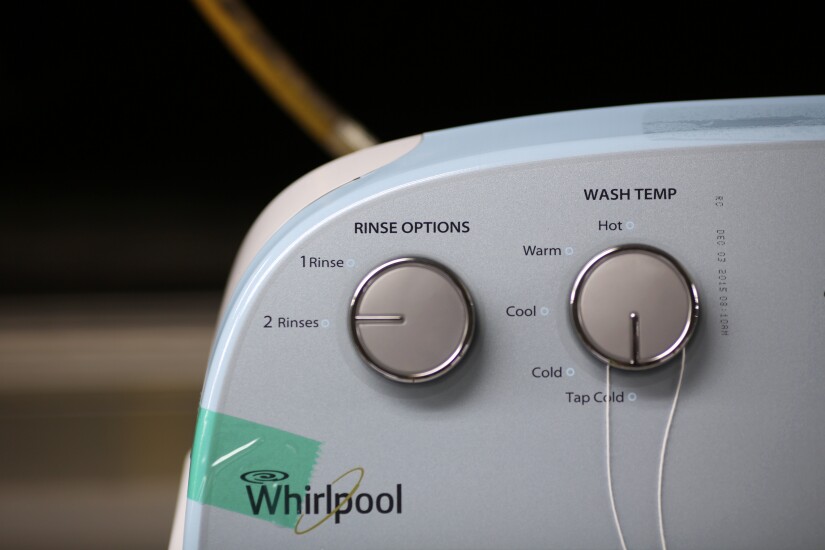
The Dash ecosystem: Amazon Inside
This strategy is at the heart of its Dash ordering system, best known as a series of plastic, WiFi-enabled buttons that people can press to re-order food and household supplies. The idea is that someone who is running out of laundry detergent can press a button stuck to their washing machine to replenish their supply.
But the WiFi buttons aren't meant to be the only form factor. Amazon has worked with Whirlpool, LG and Samsung to embed Dash technology into their own appliances, allowing (for example) a washing machine to sense when it has used up a box of detergent and automatically order more from Amazon.
In January 2018, Amazon extended this concept further with an "open"

A bold but vague move in health care
Amazon's recently announced pact with
Details remain scarce. Other than references to technology development, there's not much about a product road map in the companies' announcement.
But there is considerable power the three participants have to influence finance and alter retail strategies of other companies.
Amazon and Chase possess considerable tools that remove navigation, paper and labor from transactions, data management and processing. Many merchants already rely on Amazon for payments and other e-commerce services; they may be just as welcoming to an Amazon-developed approach to offering health care.
The value of ChaseNet is that it streamlines workflow of processing payments, removing costs by removing several of the parties normally involved in handling a transaction. If this system is applied to health care, it could connect patients, medical care providers and insurance companies.
Combined with Amazon's e-commerce user experience, the collaboration would create a base for the two companies to approach health care providers and insurers with an e-commerce experience, mobile app and other merchant services that could be expanded with new technology, products and additional partners over time. Even if the three companies served only their own employees, there would still be a halo that could spark similar innovation elsewhere.

